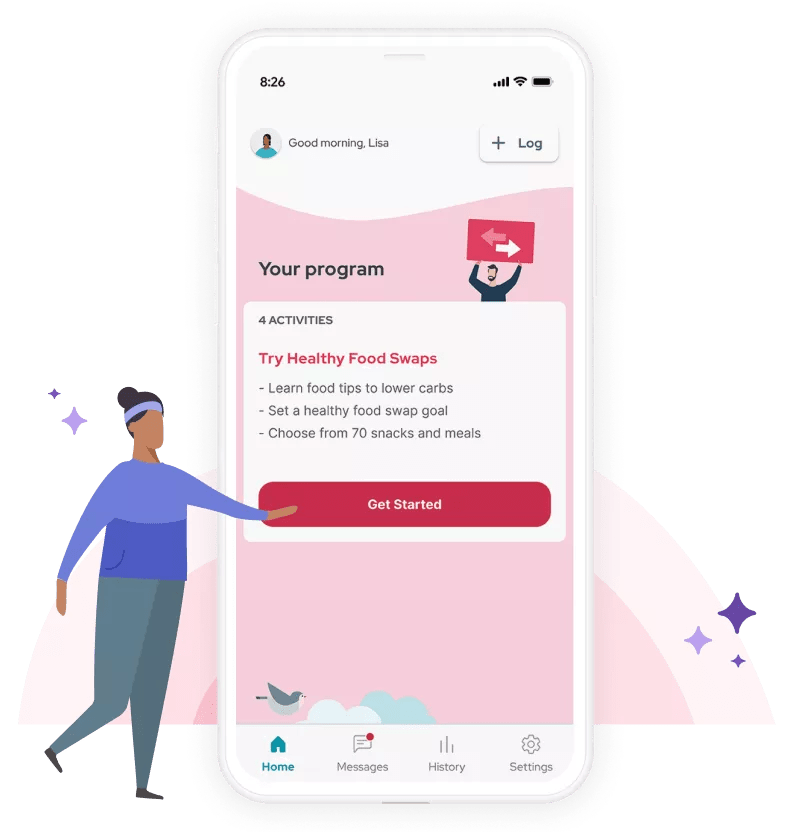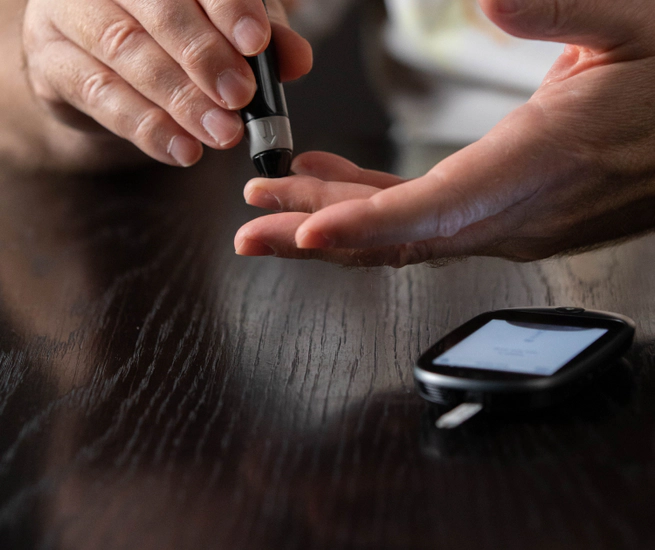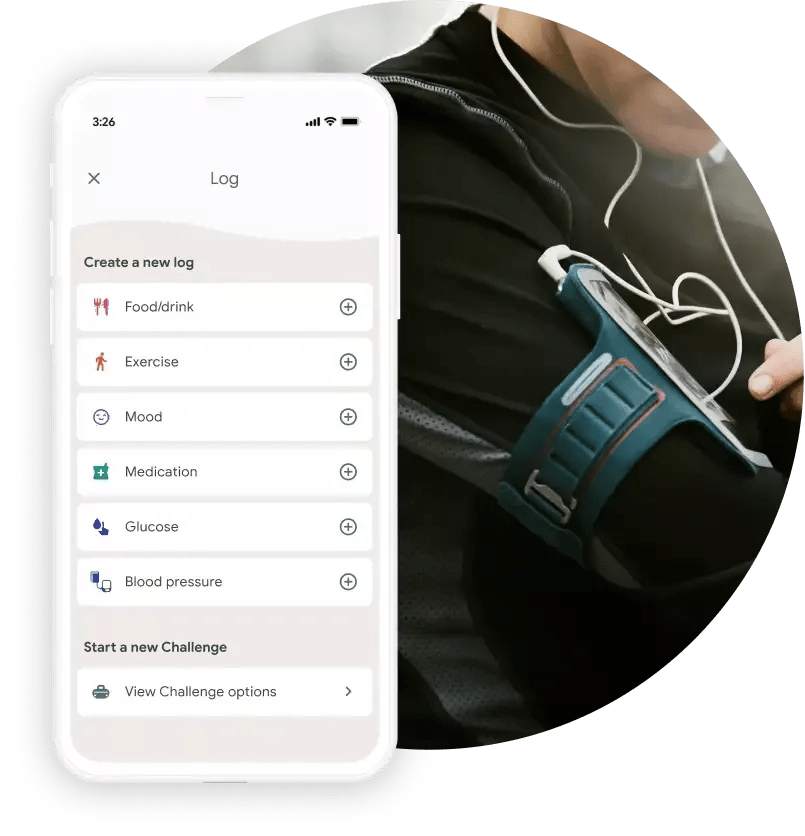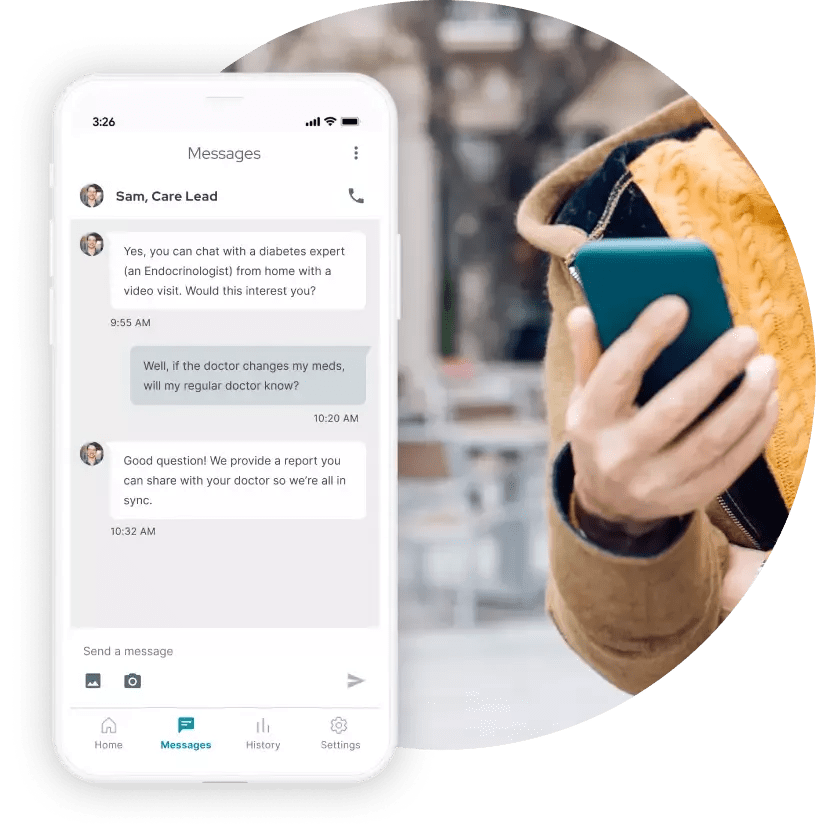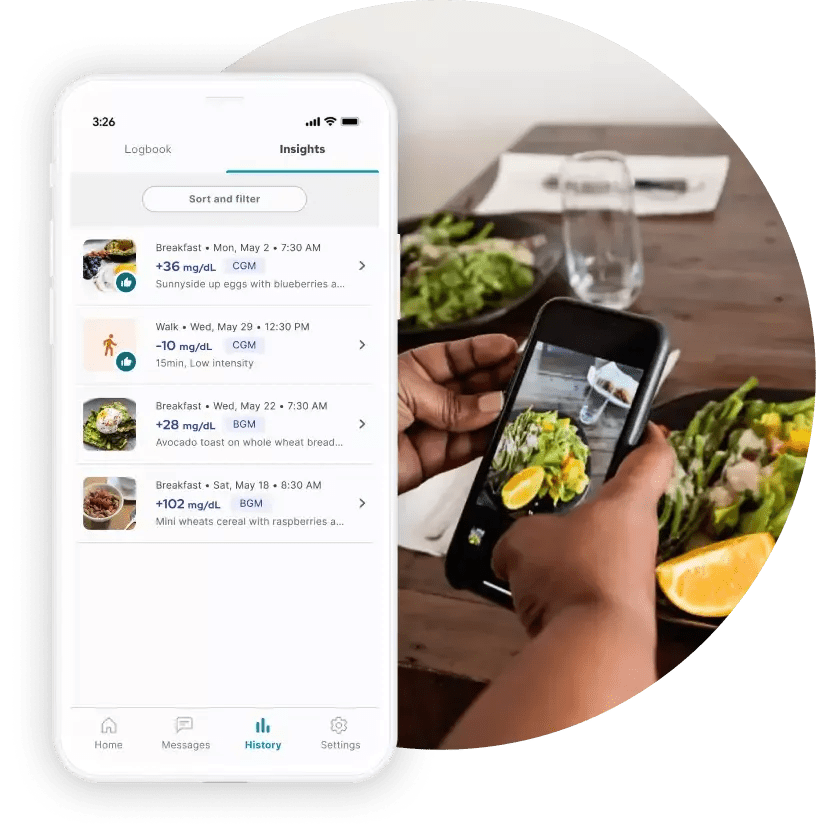Get started on your path to better health³
Onduo¹ is a free² virtual care solution that helps you manage your health and reach your goals. With Onduo, you get tools to help you lead a healthy lifestyle, including devices shipped to you, coaching and support, and personalized insights to help you make more informed health decisions.
